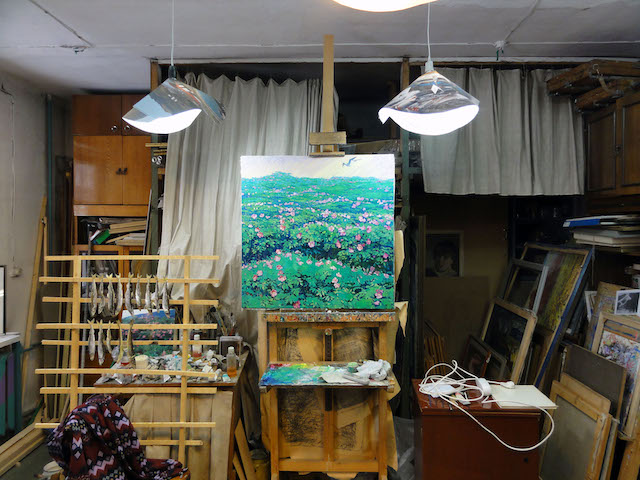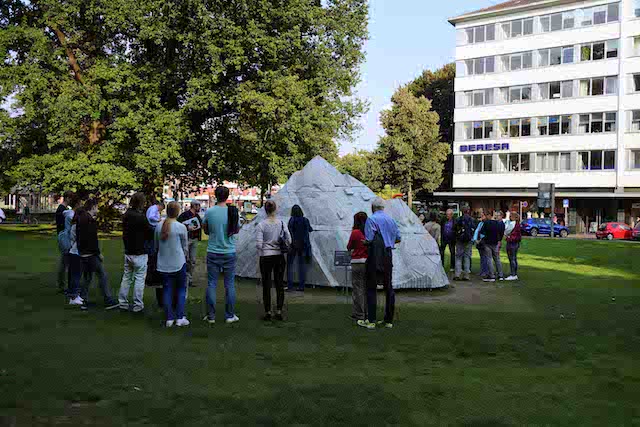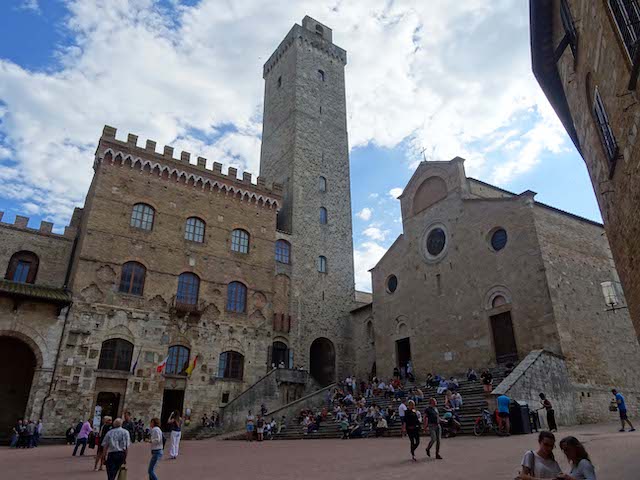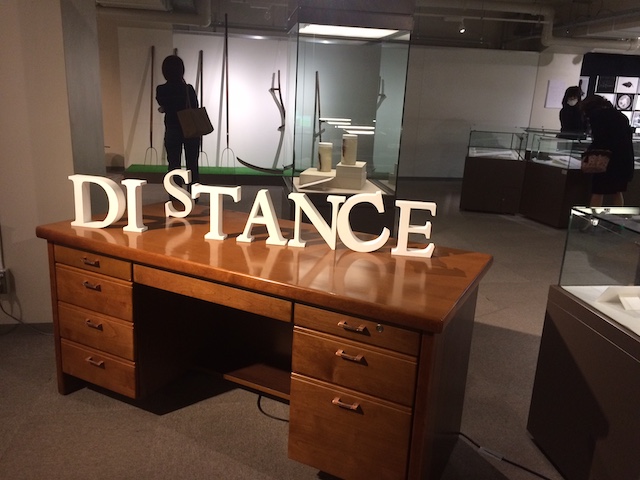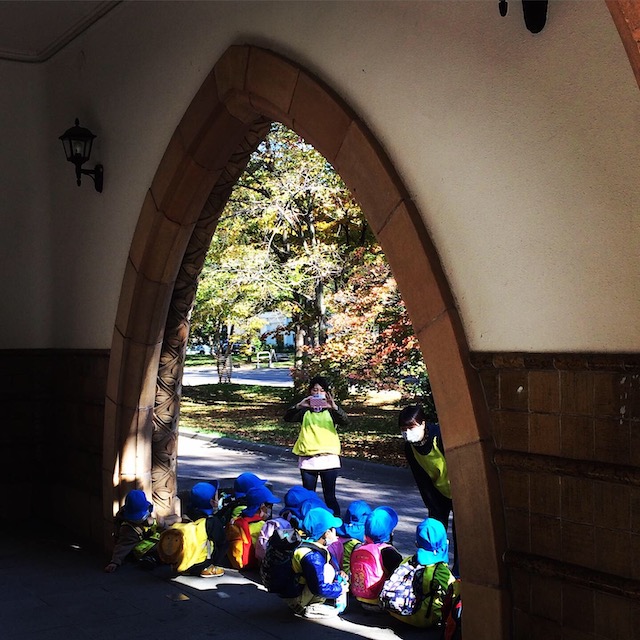The Department of Cultural Diversity Studies is made up of “Cultural Anthropology”, “Aesthetics and History of Art”, and “Museum Studies”. While these are three very different fields, each laboratory in this department educates students based on the shared principles concerning〈Cultural Diversity〉and〈Fieldwork〉. “Cultural Anthropology” studies the plurality of – and the common points shared between – cultures around the world. “Aesthetics and Art History” researches the various fine arts, such as music, art, and drama, both East and West, Modern and Classic. “Museum Studies” displays the results of these two research fields in various museums exhibits. These research fields do not only involve reading at one’s desk. Rather, students are able to conduct research by engaging in on-site fieldwork.
Laboratory of Cultural Anthropology
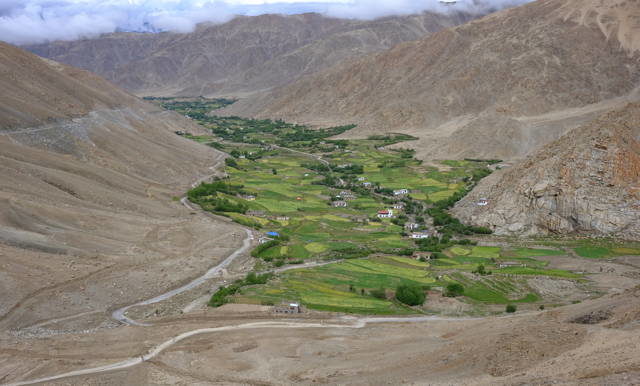 All over the world, humanity has constructed a vast array of different cultures. “Cultural Anthropology” is a field which aims to study such cultural diversity by allowing the researchers to put themselves right in the middle of other cultures. By stepping outside of the world that we are familiar with, we become able to see the diversity inherent in the human race, thus making it possible for us to better understand our increasingly global society. In this way, the Laboratory of Cultural Anthropology is a free and creative research environment that offers students a chance to partake in this experience.
All over the world, humanity has constructed a vast array of different cultures. “Cultural Anthropology” is a field which aims to study such cultural diversity by allowing the researchers to put themselves right in the middle of other cultures. By stepping outside of the world that we are familiar with, we become able to see the diversity inherent in the human race, thus making it possible for us to better understand our increasingly global society. In this way, the Laboratory of Cultural Anthropology is a free and creative research environment that offers students a chance to partake in this experience.
Message from Laboratory
Our words are spun from experience, in which we physically engage with a living site (the field of fieldwork); Our research brings forth knowledge and wisdom with a firm base in reality, work that takes time and effort but is fun and rewarding. This work, Cultural Anthropology, begins with wonder. When researchers keep close a sense of wonder, they can experience a thrilling moment in which their sense of what is normal is spun on its head, and the world appears to them in a different way. With this shared ideal, the students and faculty at the Cultural Anthropology laboratory each investigate something unique and of their own genuine interest while supporting each other in their varied processes.
Won’t you join us on this journey of freedom and creativity?
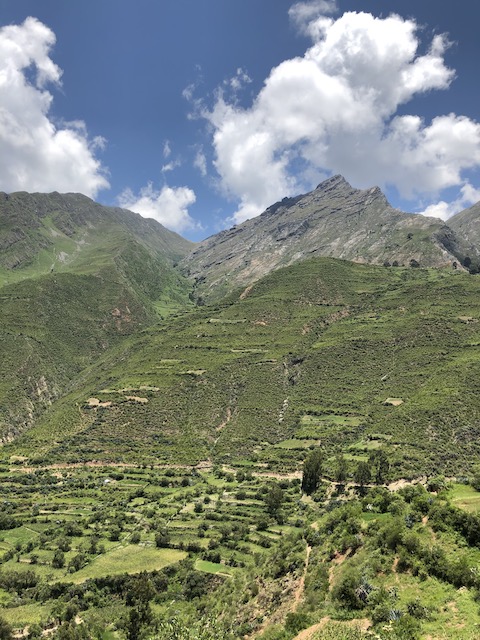
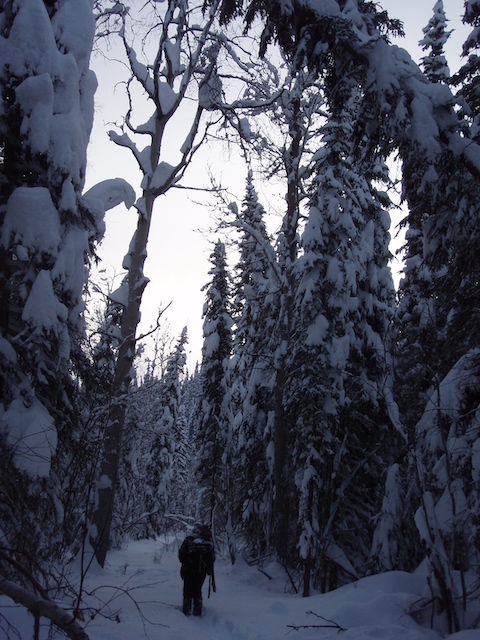
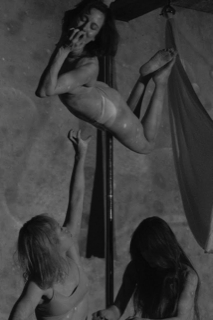
Faculty List
- YAMAGUCHI Mikako Professor
Research Fields: Anthropology of Animal, Hunter and gatherers culture, North American Indigenous People, Art - ODA Hiroshi Professor
Research Fields: anthropology, peace research, ethnography methodology - COKER Caitlin Christine Associate Professor
Research Fields: Anthropology, Embodiment, Performance Studies, Affect Theory - TANAKA Yumi Assistant Professor
Research Fields: Anthropology, trees and people, art, Research of the Nordic indigenous people
Laboratory of Aesthetics and History of Art
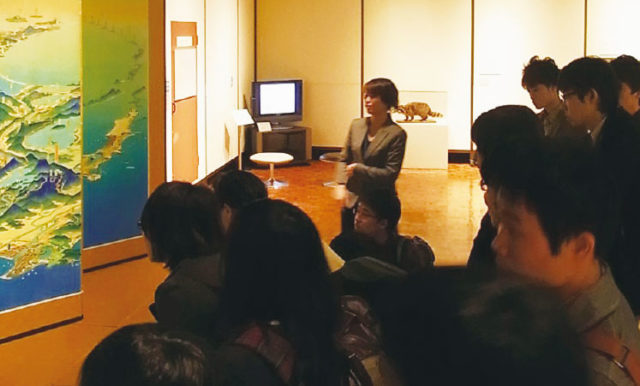 The three faculty members in the Laboratory of Aesthetics and History of Art specialize in aesthetics, the history of Western art, and the history of modern aesthetics, respectively. This laboratory aims to observe the art-works and concepts of beauty as something which can show us the fruitful creations produced by humanity’s diverse set of cultures. To this end, members of this laboratory combine theoretical, universalized, and philosophical methods with positivistic, individuated, and historical methods in order to pursue a comprehensive knowledge of aesthetics and the history of art.
The three faculty members in the Laboratory of Aesthetics and History of Art specialize in aesthetics, the history of Western art, and the history of modern aesthetics, respectively. This laboratory aims to observe the art-works and concepts of beauty as something which can show us the fruitful creations produced by humanity’s diverse set of cultures. To this end, members of this laboratory combine theoretical, universalized, and philosophical methods with positivistic, individuated, and historical methods in order to pursue a comprehensive knowledge of aesthetics and the history of art.
Message from Laboratory
Our laboratory carries out inspection on artistic works at home and overseas. We are waiting for those who are interested in various arts from ancient and medieval to modern times, including architecture, landscapes, music, theater and movies.
Faculty List
- YAKOU Hisashi Professor
Research Fields: History of Art - ASANUMA Keiko Professor
Research Fields: Aesthetics/history of art - IMAMURA Nobutaka Associate Professor
Research Fields: Aesthetics, Art Theory, Museum Studies
laboratory of Museum Studies
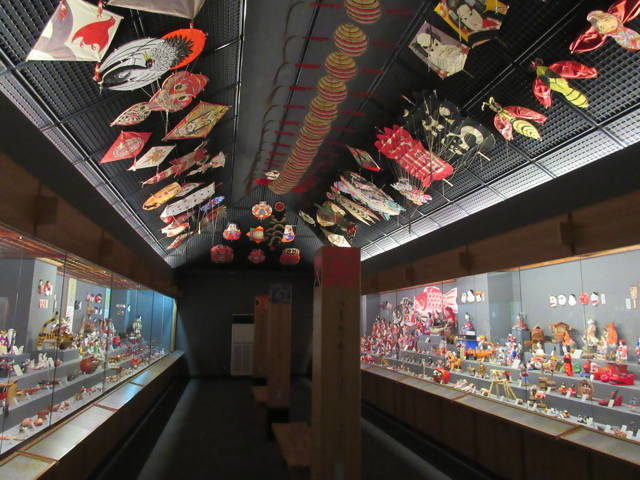 At the Laboratory of Museum Studies, we are currently considering new methods for evaluating and creating museums that could be applicable to modern museum mission statements. We are undertaking this task by both conducting surveys of resources, works, and indexes, as well as by conducting fieldwork. We are also working to find new possible approaches we can take when working in museum studies, as well as to provide an upgraded version of the basic knowledge given in the Course for Prospective Museum Workers.
At the Laboratory of Museum Studies, we are currently considering new methods for evaluating and creating museums that could be applicable to modern museum mission statements. We are undertaking this task by both conducting surveys of resources, works, and indexes, as well as by conducting fieldwork. We are also working to find new possible approaches we can take when working in museum studies, as well as to provide an upgraded version of the basic knowledge given in the Course for Prospective Museum Workers.
Message from Laboratory
Museums are mysterious places. Personally relating experiences at museums helps to create a story that matches what is in one’s mind. Letting someone else with different experiences join in the storytelling is at times effective at enriching the experiences of both parties. Furthermore, additional experiences and acquired knowledge are conducive to reweaving personal museum experiences to create a new story. Time spent at a museum is like a moment when you feel as if a wonderful seed has been sown in a person’s mind.
The Recommendation Concerning the Protection and Promotion of Museums and Collections, Their Diversity and Their Role in Society adopted by UNESCO in 2015 and the Basic Act for the Promotion of Culture and the Arts established in 2017 have raised expectations for museums. Not only the intrinsic value of museums but also their instrumental value derived from the role they play as a place of social inclusion and that as a tool to bolster the image of tourist cities are emphasized. Expectations for museums to serve as a lubricant in society are also growing.
Addressing museums with the micro- and macro-world as a research topic is what makes museum studies appealing.
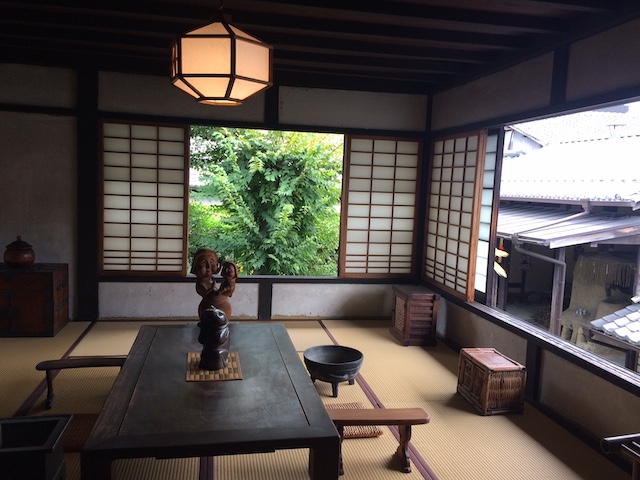
Faculty List
- KOYAMA Ryo Associate Professor
Research Fields: Modern Japanese History, Museum Studies - HISAI Atsuyo Associate Professor
Research Fields: History and Culture of Wildlife, Museology - CHO Yenling Lecturer
Research Fields: Museum Studies



